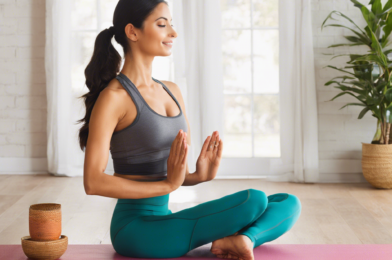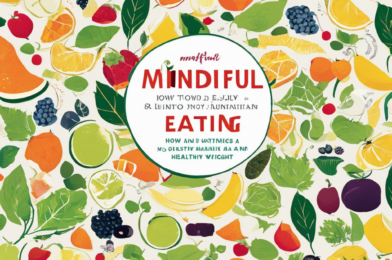Strong and healthy relationships are the cornerstone of our well-being, influencing our health and happiness. While it may seem intuitive that positive connections with others can bring us joy, the impact of healthy relationships on our overall health is profound and far-reaching. So, what are the key ingredients for building and nurturing these vital bonds?
Firstly, healthy communication is essential. This involves active listening, honest expression of thoughts and feelings, and respectful disagreement. When individuals feel heard and understood, their sense of connection deepens, fostering a sense of security and trust. Moreover, effective communication helps to resolve conflicts and misunderstandings, strengthening the bond between partners, family members, friends, or colleagues.
Mutual respect is another foundation of healthy relationships. Respect encompasses recognizing and valuing each other’s unique perspectives, experiences, and boundaries. It involves treating one another with kindness, empathy, and understanding, even during disagreements or challenging times. Respectful behavior also extends to honoring each other’s time, commitments, and priorities, creating a sense of balance and fairness in the relationship.
Shared experiences and quality time together also solidify connections. Creating meaningful memories and sharing novel or enjoyable activities enhances intimacy and fosters a sense of unity. Whether it’s trying a new hobby, traveling to a dream destination, or engaging in shared interests, these experiences create a unique bond and strengthen the relationship’s foundation. Laughter and fun are also essential ingredients, reducing stress and fostering positive emotions.
Healthy relationships also require effective boundary-setting. Establishing personal boundaries demonstrates self-respect and ensures that individuals feel safe and comfortable within the relationship. This may involve communicating one’s limits, needs, and expectations clearly and assertively, while also respecting the boundaries set by others. Healthy boundaries create a sense of security and promote a balanced dynamic where both parties’ identities and autonomy are valued.
Additionally, successful relationships necessitate effective problem-solving skills. This means addressing conflicts or challenges head-on, with openness and a desire to find a resolution. It involves seeking compromise, being willing to forgive, and learning from mistakes. Healthy problem-solving also means recognizing when outside help may be beneficial, such as seeking counseling or mediation to navigate more complex issues.
Finally, healthy relationships thrive on gratitude and appreciation. Expressing thankfulness for one another’s presence and actions fosters a positive environment and strengthens the bond. Acknowledging each other’s efforts, no matter how small, creates a culture of appreciation and reinforces positive behaviors. Writing gratitude letters or simply saying “thank you” are simple yet powerful ways to nurture any relationship.
Healthy relationships are a fundamental aspect of our lives, influencing our overall well-being and happiness. By prioritizing effective communication, mutual respect, quality time, healthy boundaries, problem-solving skills, and gratitude, we can build strong connections that enhance our health and bring fulfillment to our lives. Whether in romantic partnerships, family dynamics, friendships, or professional relationships, investing in these key ingredients will create lasting and meaningful bonds.









